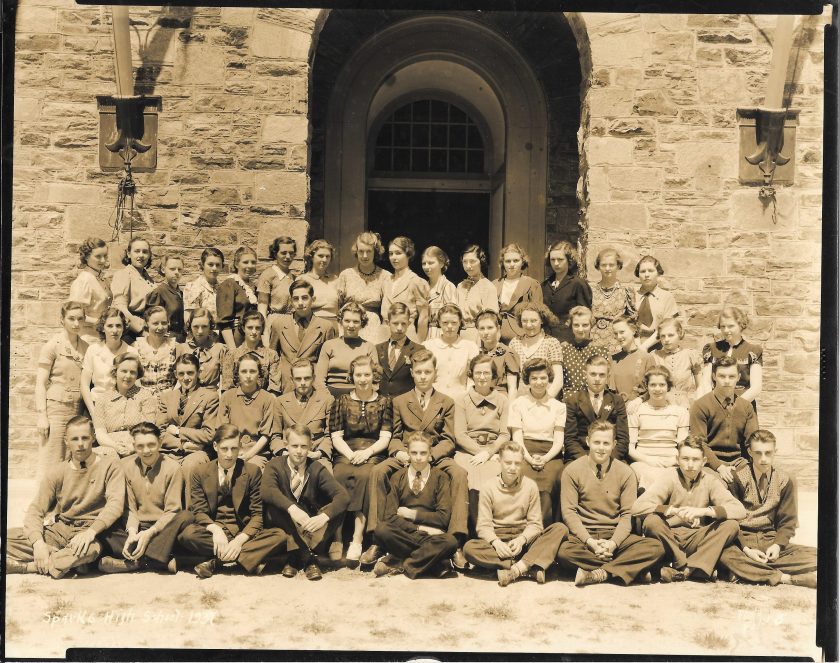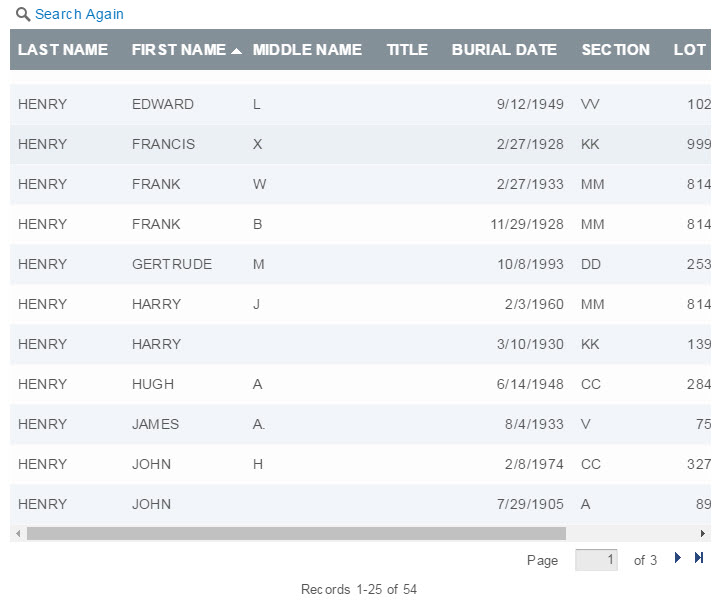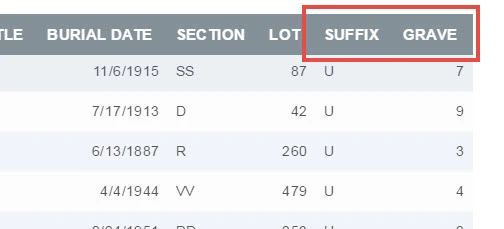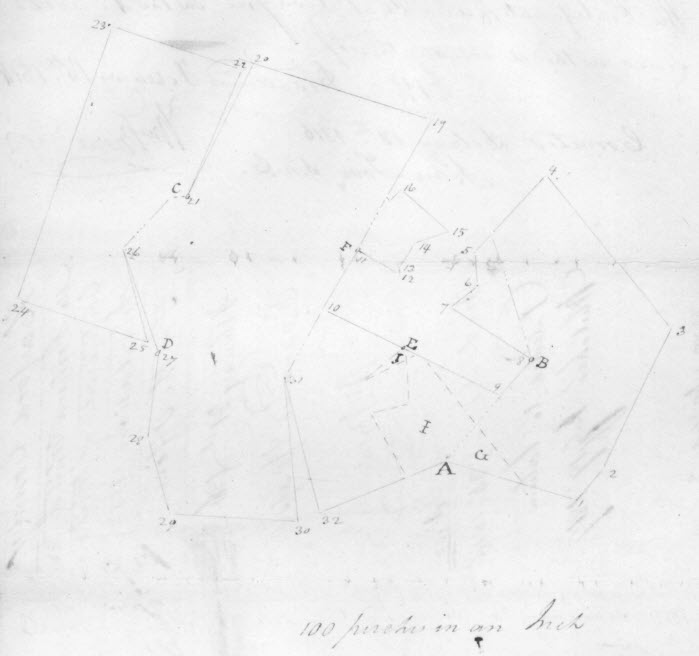My family tree includes a large German heritage that settled in Baltimore in the mid-1800s. As such, when doing newspaper research I often consult Der Deutsche Correspondent, hosted on Chronicling America, for my German folks.
I outlined using Chronicling America in a previous post “Are You Using Chronicling America? If You Had Germans in Baltimore, MD…You Should!”
Here is yet one more example of why you should look in multiple papers for news items.
Back in 2013 I came across the following article in the Baltimore Sun about my 2nd great grandmother.

This article has pretty good detail of the event. There is no more to find out. Or at least that is what I thought at the time.
Since my Italian immigrant 2nd great-grandfather ran a fruit shop, I had come across numerous advertisements in Der Deutsche Correspondent for his shop. So numerous in fact that I thought that I was beginning to think that was all I would find. I persisted and it paid off!
I eventually found the article below.

I don’t read German, but I was able to pick out the address in the article and knew this was probably my 2nd great grandmother. Checking the date of the newspaper mentions I had for her from the Baltimore Sun, I realized this was probably the same article I found there, just in German. But, I saw what looked like the mention of a doctor, promptly posted to the Genealogy Translations group on Facebook and impatiently waited about 15 whole minutes before I got a translation back.
“Dangerous fall through a skylight –
Mrs. Pisani, wife of Massimo Pisani, owner of the bakery
(confectionery bakery) at 141 West Baltimore street, went
on the roof of the building shortly before 12 noon, to
check if it was ok to hang the wash up to dry. As she was
talking to the maid about this, the wind blew the hat from
her head; while she was running after it to catch it she
stepped on a 3 foot by 4 foot skylight that was not strong
enough to support her. The glass broke with a loud crack and
she fell from a height of about 15 feet into the store below,
partially on to the desk at which her husband was working.
Her husband was not injured so he was able to come to her aid
immediately. Coincidentally Dr. W. D. Booker of 143 North
Eutaw street was passing the store; he was called inside to
offer medical assistance. She had a cut on her leg, a sprained
ankle and a cut on the back of her head. The injuries are not
serious and she will soon be well again.”
This version of the event answers one question I had when I found the article in the Sun…”what the heck was she doing on the roof?” I also get a visual of her running across the roof to catch her hat. And they had a maid? There are some discrepancies. Did she fall into some shelves? Or did she fall onto Massimo’s desk? Either way, it seems she was very lucky that she wasn’t hurt worse. She could have broken her neck and died, or gotten a deadly infection from the cuts. As this event happened 15 years before the birth of my great-grandfather, it could have drastically changed our family.
After looking at a map, although my 2nd great-grandmother was a German immigrant and I had found several members of her family in Der Deutsche Correspondent, I believe this event was covered in the German paper because it was unusual. And because of proximity. The location of the shop at 141 W. Baltimore Street is now 209 E. Baltimore Street, 2 blocks from the location of the paper’s building at E. Baltimore and Post Office Avenue (now Customs House Avenue).
I imagine that at that time, the event would have attracted some attention and word may have gotten to the paper’s office just down the street. Maybe a reporter picked up pencil and paper and ran the 2 blocks to get “the scoop”.
Or maybe not. Either way, between the two articles I now have a richer description of what happened on the day my 2nd great-grandmother fell through a skylight.


















